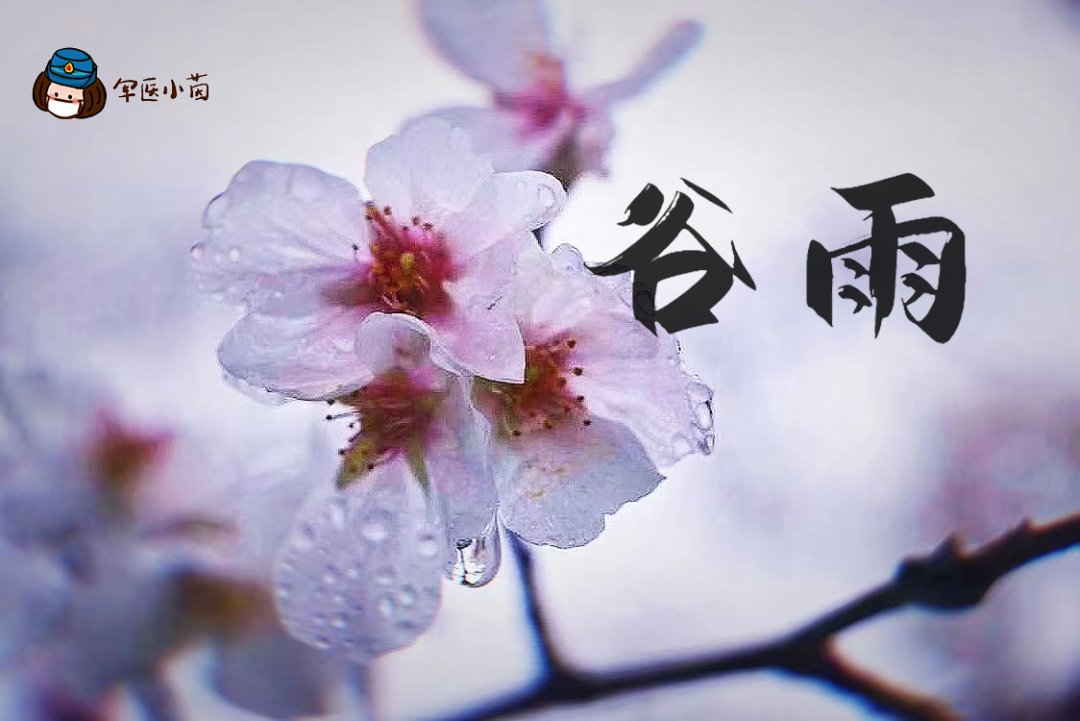
April 20
We usher in the “Grain Rain” solar term
The grass is blooming and the breeze is gentle
The enthusiasm for training is high at the same time
Some training injuries may also take the opportunity to come< /p>
Today Xiaoyin will introduce you to
several common training injuries< /span>
All comrades in arms
Quickly accept this prevention strategy!
one
Introduction to Common Knee Training Injuries
As the largest and most complex joint in the human body, the knee joint It supports most of the gravity of the human body and is also one of the joints most prone to injury. The common training injuries are as follows:
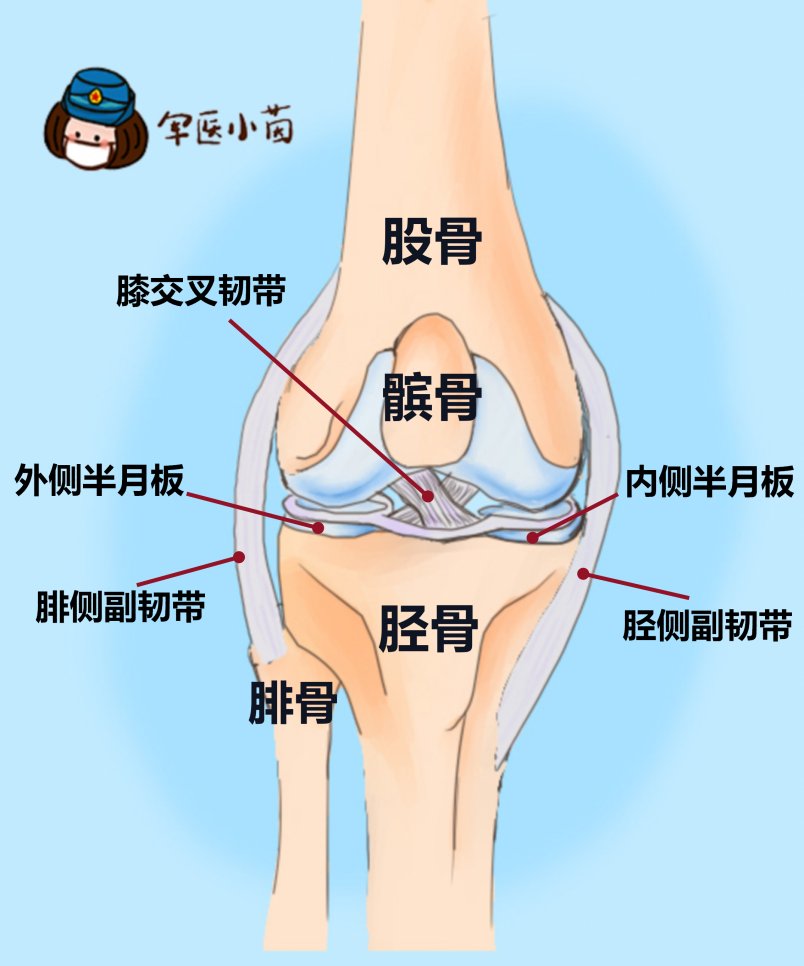 < /div>
< /div>(1) Knee joint effusion
Knee joint effusion refers to the fluid in the knee joint originally used for lubrication Abnormal increase in synovial fluid, leading to swelling in the joints. This type of disease commonly occurs in long-distance running, cross-country running and other training, often due to running posture or caused by inappropriate training volume. When a small amount of fluid is accumulated, it is often manifested as soreness, discomfort and mild pain in the knee joint; when a large amount of fluid is accumulated, the pain is often severe, accompanied by difficulty in joint extension. However, due to individual differences, the amount of joint effusion is not necessarily related to the severity of pain.
In daily training, you can use the Floating Patellar Test to simply judge whether you have knee effusion: With the subject sitting or lying with the legs straight, the examiner use one thumb and index finger to squeeze firmly over the knee and push it forward,< strong>Then use the other hand to gently touch the subject’s patella (the flat chestnut-shaped bone at the top of the knee joint), if there is a floating feeling, feel the same as the underlying bone after pressing In the event of a collision, the floating patella test is positive, indicating possible knee effusion.
(2) Meniscus injury
The meniscus fills the knee like a spacer The joint between the femur of the thigh and the tibia of the calf can be used as an auxiliary structure buffering pressure, and it is subjected to a large force in daily training. In some training programs with recurrent jumps and landings (such as the 400-meter obstacle) or subjects requiring sharp turns and changes of direction (such as the snake run), It is easy to cause meniscus damage.
Acute meniscus injury often causes severe pain in the knee joint, unable to straighten or flex, and rapidly swells; Chronic injuries have knee pain or limited movement after exercise, and even interlocking phenomenon occurs, that is, a “click” is heard during activity, the joint is painful, and it is impossible to move, such as “” The “lock” is normal; at this time, if you reluctantly wave a few times, when you hear a “click” again, the joint can be straightened again, and “unlock” appears.
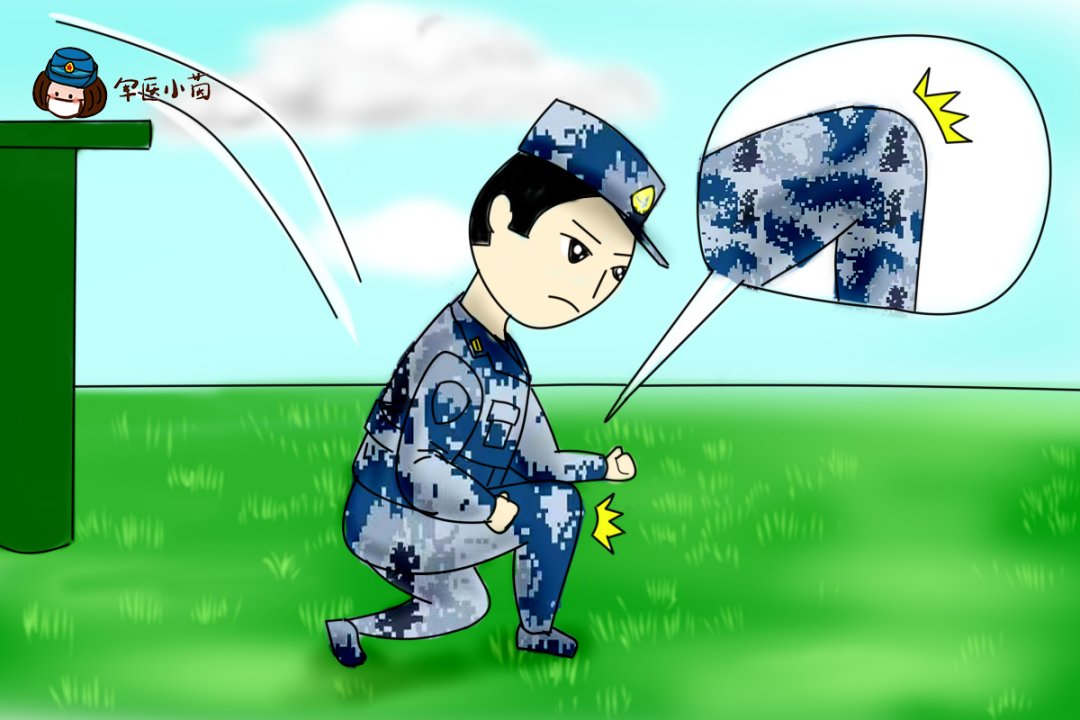
In daily training, all comrades can adopt duck steps method to detect whether you have meniscus damage: namely be behind your hands, squat down, walk with your feet out, and don’t allow your upper body to rise and fall during walking . If you feel a needle-like pain in the front of the knee or the knee is sore during the squat, it indicates that the patellar cartilage of the knee joint may be damaged. If the knee becomes stuck and cannot move during walking, or if there is significant pain on the inside or outside of the knee, there may be damage to the meniscus.
(3) collateral ligament injury
one on the inside and outside of the knee joint Collateral ligaments, which mainly play the role of lateral stabilization of the joint. When climbing over obstacles, it is easy to cause excessive rotation of the knee joint or excessive inversion of the calf due to improper posture, which in turn leads to side effects. Collateral ligament injury. The injury often presents severe pain, abnormal movement to the opposite side, and swelling of the knee.
In daily training, all comrades can use lateral compression test to pre-self-prepare for contralateral collateral ligament injury Test: The subject is lying on the bed in a supine position, the examiner holds the ankle joint with one hand and pushes it laterally, and the other hand is placed on the knee joint Pressing from the upper side to the inner side, if the pain inside the joint is the medial collateral ligament injury; Pressure in the opposite direction of the knee joint, such as pain in the lateral joint, it is suggestive of lateral collateral ligament injury.
II
Introduction to Common Wrist Training Injuries
Many daily training items require the use of wrist joint force, which often leads to wrist injuries Joint damage. The common training injuries are as follows:
(1) Colles fracture and Smith fracture
(Distal radius fracture)
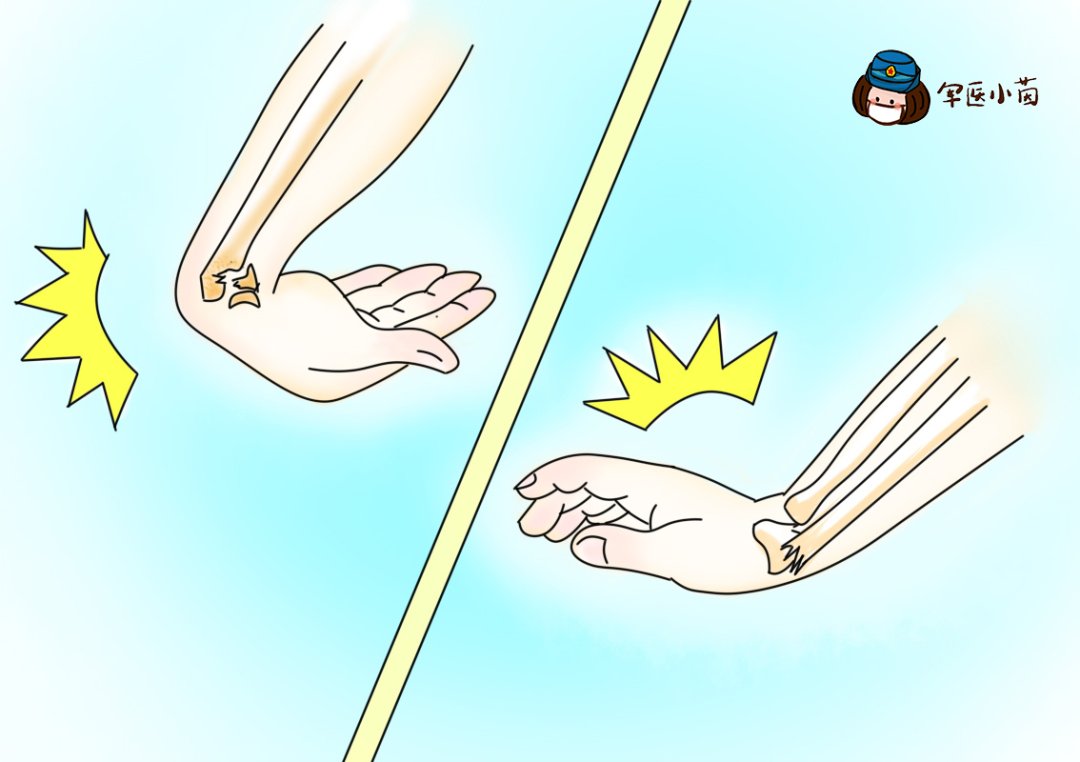
daily If there is a loss of balance during training and the wrist directly supports the ground, it is easy to cause the above two kinds of fractures [1]. Colles fracture when the palm is on the ground and Smith’s fracture when the back of the hand is on the ground. Accidentally falling off the bar during horizontal bar training, or falling from a high altitude when crossing a cloud ladder, often out of self-protection with hands on the ground, exceeding the capacity of the bones and causing fractures [2].
Colles fractures are fork-like in side view and gun-thorn-like in front view, with obvious pain and swelling in the wrist; when Smith’s fracture occurs, the patient’s wrist sags with local swelling, and some Significant tenderness.
(2) TFCC (triangular fibrocartilage complex) injury
TFCC injury is Ulnar (medial) wrist pain is a common condition during daily training, usually caused by excessive force, such as When the wrist is in extreme dorsiflexion, pronation, or supination. In training programs such as single parallel bars and push-ups, frequent ulnar deviation, pronation and hard grasping increase the load on the ulnar wrist joint and easily lead to TFCC injury.
Ulnar pain and limited movement of the wrist when the wrist is rotated or ulnar deviated or compressed, may indicate TFCC damage. comrades in arms often do not pay enough attention to such diseases, and it is easy to delay diagnosis and treatment, which will lead to instability of the radioulnar joint and recurrent pain on the ulnar side of the wrist, which seriously affects daily life and training[ 3].
Three
Introduction to Common Ankle Training Injuries
Acute Ankle Sprains It is the most common training injury of the ankle joint. It is an injury caused by excessive twisting and pulling of the fascia, tendons, and ligaments around the joint when the limbs and joints suddenly move beyond the normal physiological range [4].
Such injuries are prone to occur in training subjects such as obstacle running, orienteering, tactical training, and long-distance running [5]. The main manifestations after injury are ankle joint pain, local swelling, skin purpura, and limited mobility.
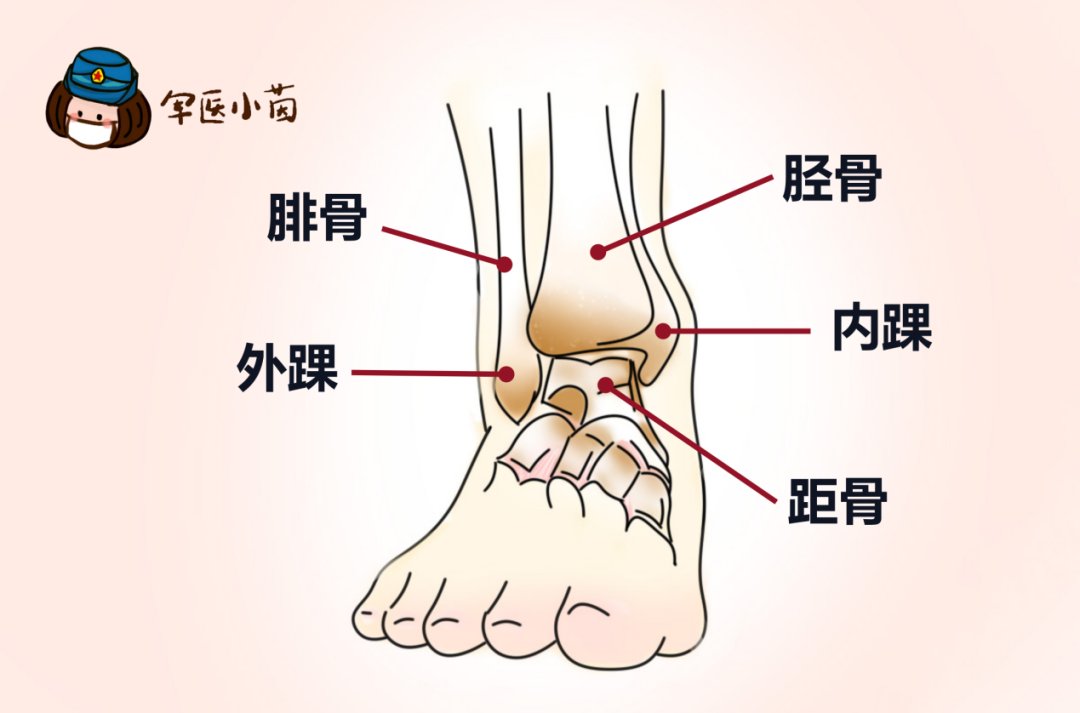
However, sprains should be differentiated from fractures, and one of the following manifestations may have fractures , all comrades in arms must seek medical treatment in time:
1
Bone tenderness on tip of medial malleolus to posteromedial aspect of distal tibia 6cm;
2
At the tip of the lateral malleolus to the posterolateral aspect of the distal fibula 6cm Bone tenderness;
3
immediately after sprain Unable to stand and walk more than 4 steps on their own both in the emergency room and in the emergency room.
Abandoned
General principles of treatment of acute sports injuries
Work hard day after day without fear of hot sun or strong wind. It is inevitable that you will encounter acute sports training injuries in your daily routine training, so generally how to minimize the injury? With the development of sports medicine research, the management of soft tissue injuries has been gradually updated from the past principles of RICE and POLICE to PEACE & LOVE principles.
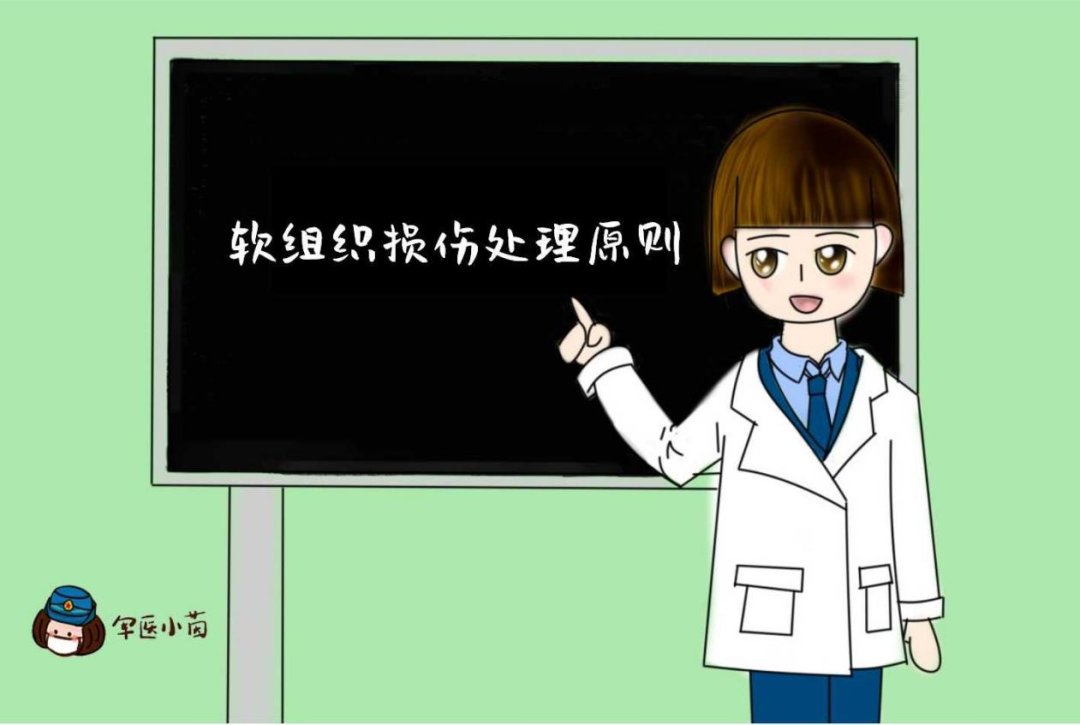
What are the PEACE & LOVE principles for soft tissue injury treatment? The content mainly includes the following points:
(1) “PEACE” treatment principles in acute phase
< span>P:Protection
Protect the affected joint,Limited activities for 1-3 days to reduce bleeding and avoid re-injury; after 3 days of injury, the affected joint can move slowly without causing pain.
E: Elevation
< p> Elevate the limb above the heart.
A: Avoid Anti-Inflammatories
(Avoid anti-inflammatory
modalities)
Soft tissue injury is usually accompanied by an inflammatory response, which is actually a good thing from the perspective of wound healing. Inflammation is the first step of tissue repair, it is not advisable to over-suppress tissue inflammatory response. Local cold compresses can suppress pain, reduce tissue temperature, and nerve excitability, but according to the latest sports medicine field, Excessive cold compresses may inhibit the inflammatory response and prolong the recovery process< /strong>, so you need to pay attention to the temperature and duration of the cold compress.
C: Compression with an elastic bandage or tape< /p>
(Compression)
Use an elastic bandage or tape to give External pressure at the injury site,limits joint edema and soft tissue bleeding.
E:Education
Let patients understand the treatment content and precautions after acute joint injury.
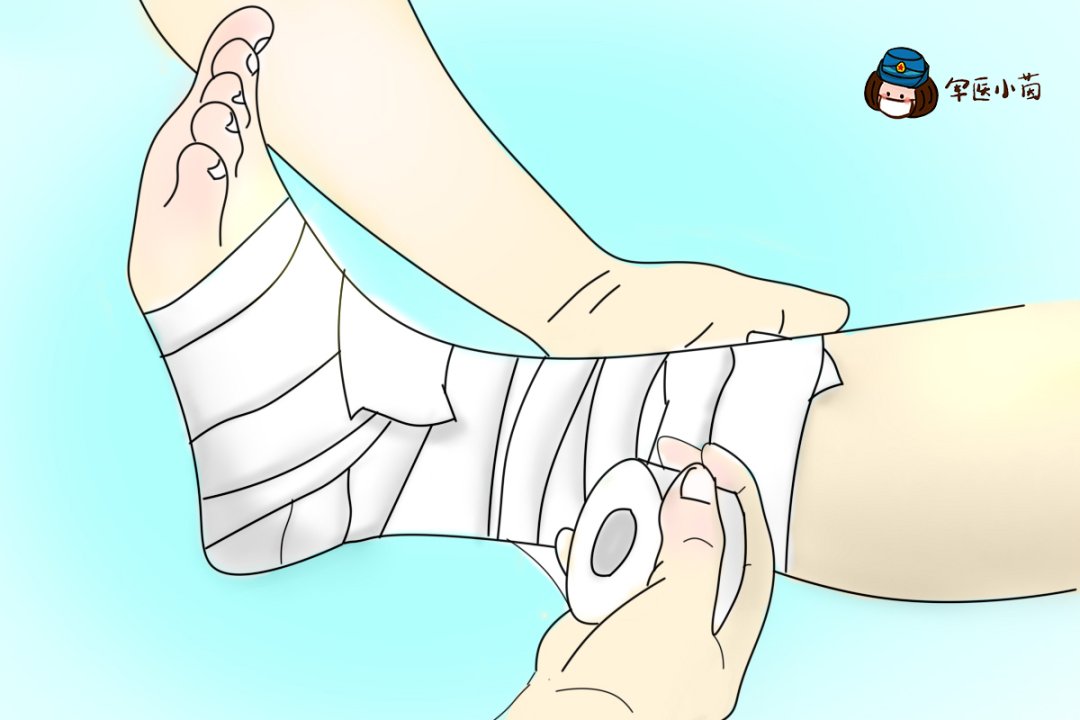
(2) “LOVE” subacute treatment Principle
L: Load
< p>Appropriate weight-bearing and mobility exercises can strengthen tendon, muscle and ligament recovery and promote tissue repair.
O: Optimism
Advice patientsmaintain a positive attitude, emphasizing the importance of psychosocial factors in recovery.
V: Keep blood circulation smooth (Vascularisation)
< p>Move the injured area as early as no or mild pain, and increase aerobic exercise, which can help Improves blood circulation and tissue repair in injured tissue.
E: Exercise
There is substantial evidence thatmoderate exercise training can treat joint sprains, reduce recurrence rates, and promote normal joint function.
Rain gives birth to a hundred valleys, and the weather warms up
All comrades in arms must be scientific Train, Protect Yourself
Let’s say goodbye to training injuries!
References:
[1 ] Yang Xiaokun, Liu Hansheng, Chen Jikun, Wei Congquan. Diagnostic analysis of 216 cases of wrist injury caused by horizontal bar training[J]. Armed Police Medicine, 1996(04):244-245.
[2]Yang Chun,Wang Zhenyuan. The mechanism and prevention of wrist injury in sports[J]. Journal of Tangshan Normal University,2008,30(2):98-99.
[3] Bu Jian, Sun Cheng, Luo Tao, Wang Jiangtao, Che Jianwei, Yin Yu, Zhou Yong, Qian Yuhang. A certain department’s 2016 recruits in the basic training period Epidemiological investigation of ulnar pain[J]. PLA Preventive Medicine Journal, 2017,35(12):1521-1523.
[ 4] Yang Jianxin, Li Xingxing, Yang Hongxia. Current situation and research progress of military training injuries [J]. PLA Journal of Medicine, 2016, 28(11):110-113.
[5] Jiang Tao, Zhai Wenliang, Wang Jin, Yu Lei. Treatment of 90 cases of acute ankle sprain under field conditions [J]. Southeast National Defense Medicine, 2011, 13(06): 508+520.
Air Force Military Medical University School of Basic Medicine
Military Doctor Xiaoyin Studio
Instructor< /p>
Department of Orthopedics, First Affiliated Hospital of Air Force Military Medical University
Associate Professor Shangguan Lei
Department of Military Physical Education, Air Force Military Medical University
Teacher Ma Tao
Planning: Teng Yihui, Liu Peilin, Mao Yuanhao
Text: Liu Xingchen Li Jia
Cartoon: Ma Yao Zhouzhuo
WeChat release of PLA Daily
Editor: Liu Yan